AET Blog & News
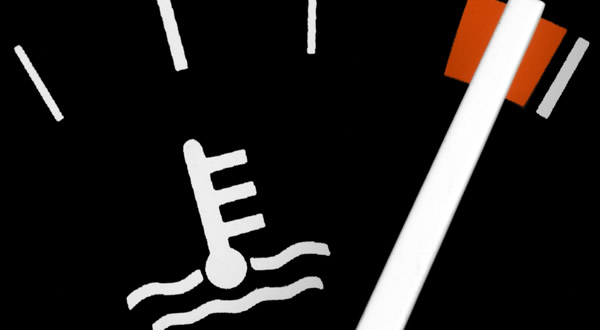
Hot stuff – excessive temperatures and turbocharger damage
Whilst we’ve already explored some of the most common causes of turbocharger damage on the blog before, like oil problems, foreign objects and over-speeding, these aren’t the only things that can cause expensive problems! In this post, we look at how overheating and excessive exhaust gas temperatures can damage turbochargers, and the kind of damage…
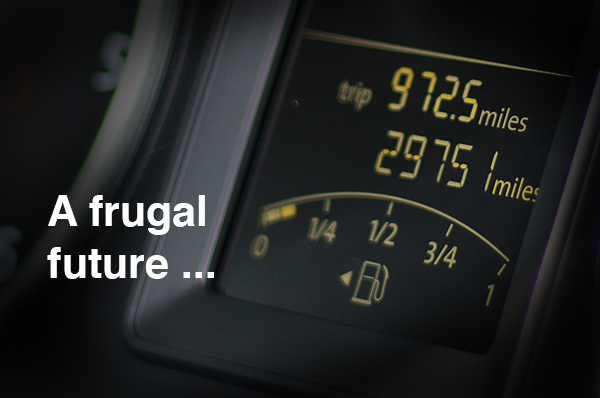
A frugal future – turbocharging and fuel economy
At one time, turbochargers on passenger vehicles were the reserve of the performance enthusiast, designed to help eek out extra power to improve acceleration and top speed – but today, things have changed completely. With rising fuel prices and increasing concern about the environment, manufacturers have turned to the turbo to help solve the problem,…

Turbo technology – the differences between petrol and diesel turbos
Customers often ask us questions about the differences between turbochargers on diesel and petrol engines, in terms of how they work, and what they are used for. In this post, we explore the topic, looking at the principles behind turbocharging, the basic differences between diesel and petrol engines, and how this affects the design of…
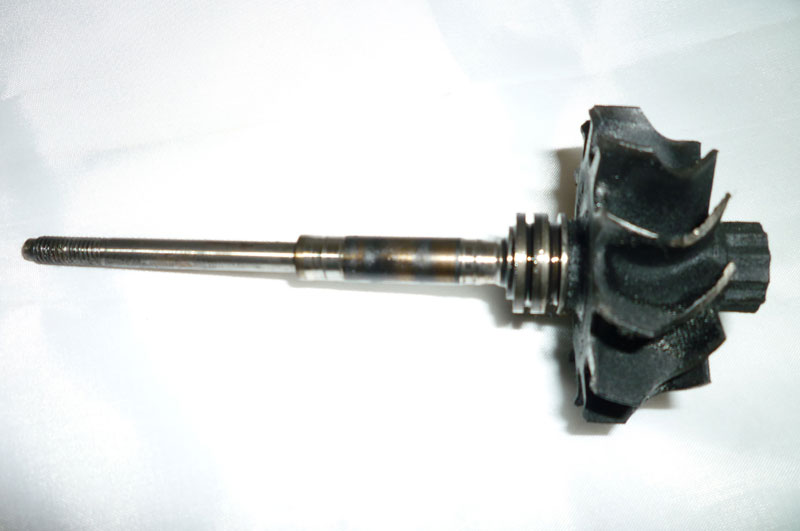
Turbine Shaft & Wheel – Oil Supply Pressure Problem
Here, you can see an example of heavy wear and polishing damage caused to a turbine shaft and wheel by a lack of oil, either due to a poor supply, or low oil pressure.
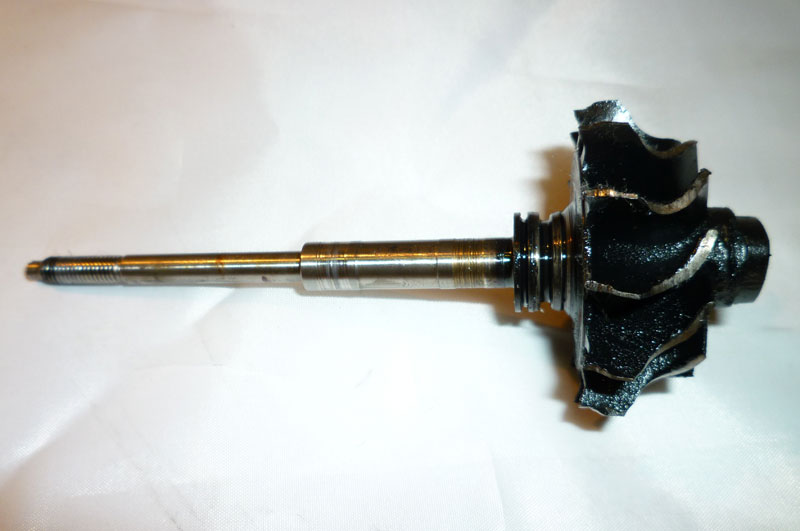
Turbine Shaft & Wheel – Severe Oil Contamination
In this example, you can see a turbine shaft and wheel that’s been damaged due to severe oil contamination – notice the built up oil coating both the wheel and the shaft, and the damaged blades on the wheel. On the shaft itself, you can also see where foreign objects in the contaminated oil have…
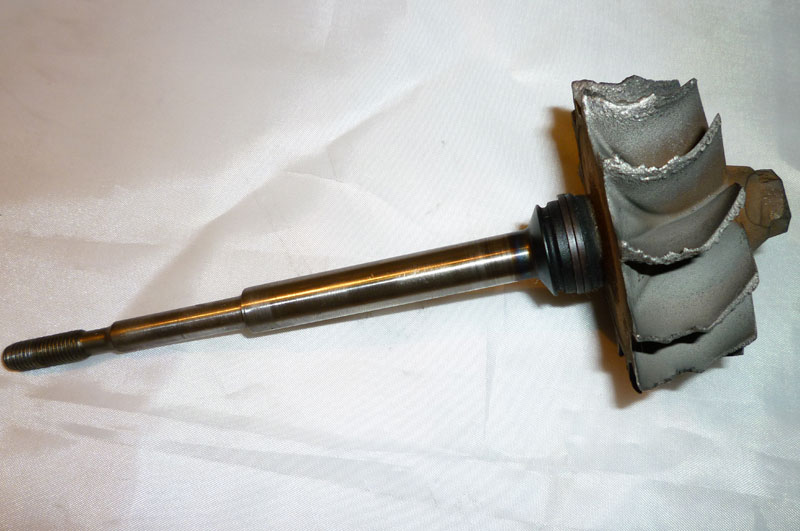
Turbine Shaft & Wheel – Engine Failure
This image shows a turbine shaft and wheel with fairly serious impact damage. If you look at the wheel itself, you can see that the blades are uneven and chipped, and that the surface of the wheel has become severely pitted.
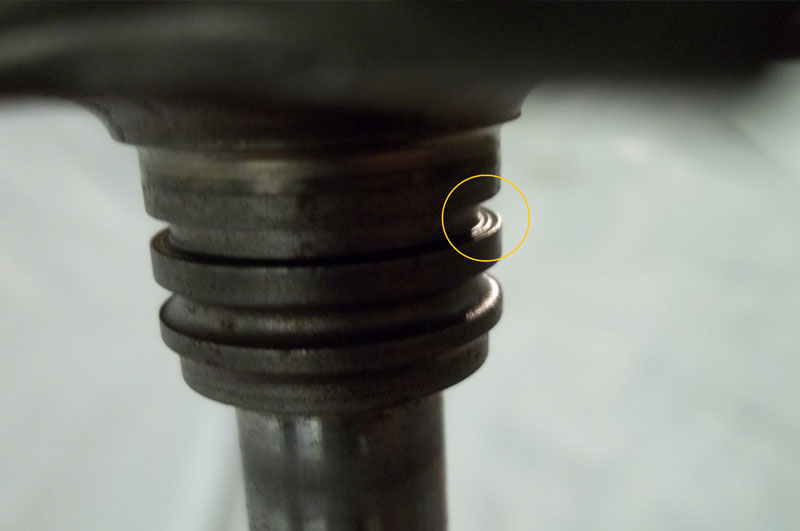
Turbine Shaft & Wheel – Worn Piston Ring Seal Groove (b)
Here, you can see a different example of wearing damage to a piston ring seal groove – in this case, the face on the inside of the groove has been worn away, so that it now has a lipped edge.
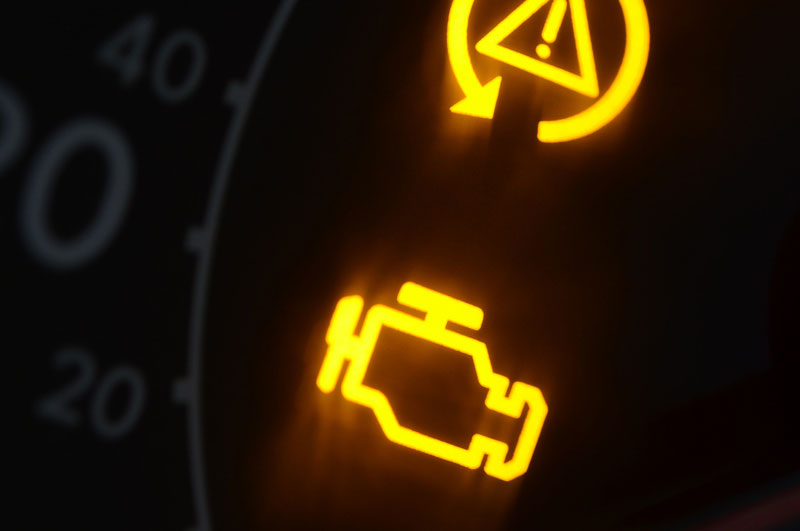
Know the warning signs – how to tell when your turbo is failing
Oil problems, debris, overspeeding, wear and tear…there are a number of different things that can cause a turbocharger to fail, but catching a problem early can save you a lot of time, money and hassle in the long run. At AET, we’ve been helping customers with their turbochargers since 1974, and in this post, we…
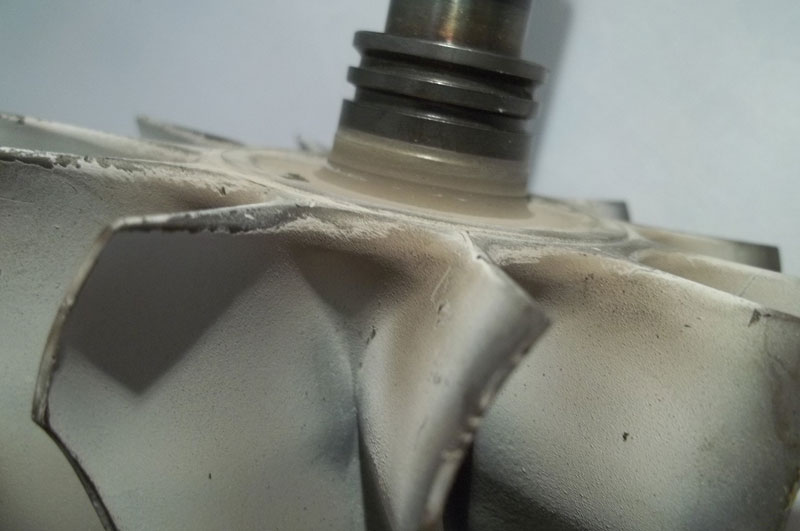
Turbine Shaft & Wheel – Worn Piston Ring Seal Groove (a)
This example shows a worn piston ring seal groove – in the image, you can see that the outer edge of the piston ring seal groove is sloping outwards, when it should be straight.
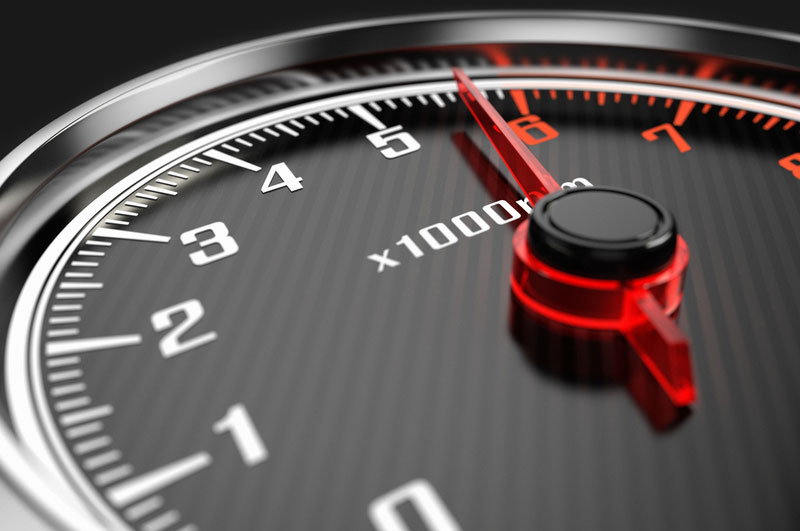
Turbos and temperature – summer weather and turbocharger performance
One common question that we often get from customers is why turbochargers perform differently depending on the time of year, temperature and weather. Generally, these customers have noticed a significant drop in performance on hot summer days when compared to cooler spring and autumn nights. Whilst this is a common trait amongst all turbocharged vehicles,…
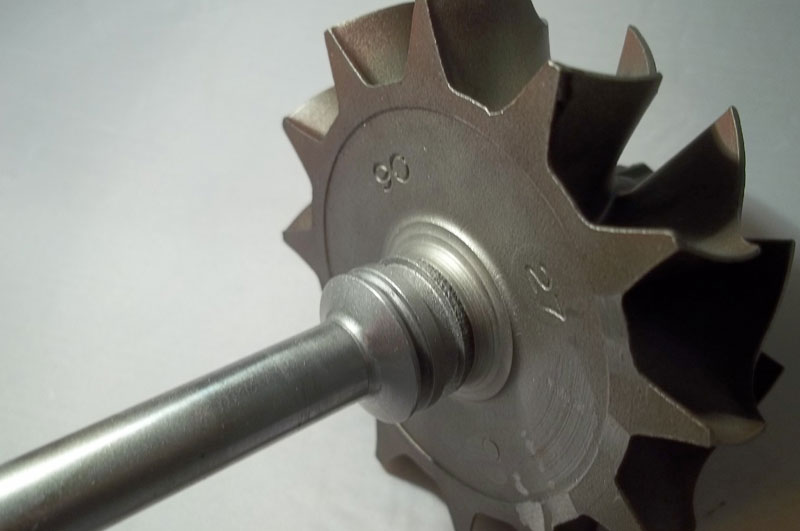
Turbine Shaft & Wheel – Corroded Piston Ring Seal Area
In this image, you can see some moderate corrosion to the piston ring seal area of the turbine shaft – the surface of the metal has become worn, pitted and roughened.
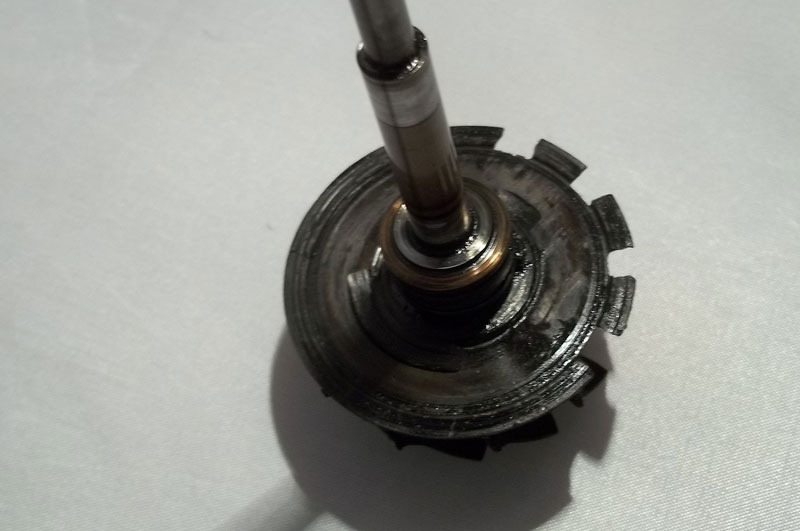
Turbine Shaft & Wheel – Broken Turbine Wheel Base
This image shows a damaged turbine wheel base – look closely and you can see that the base has several sections cut out of it, which have been chipped off.
